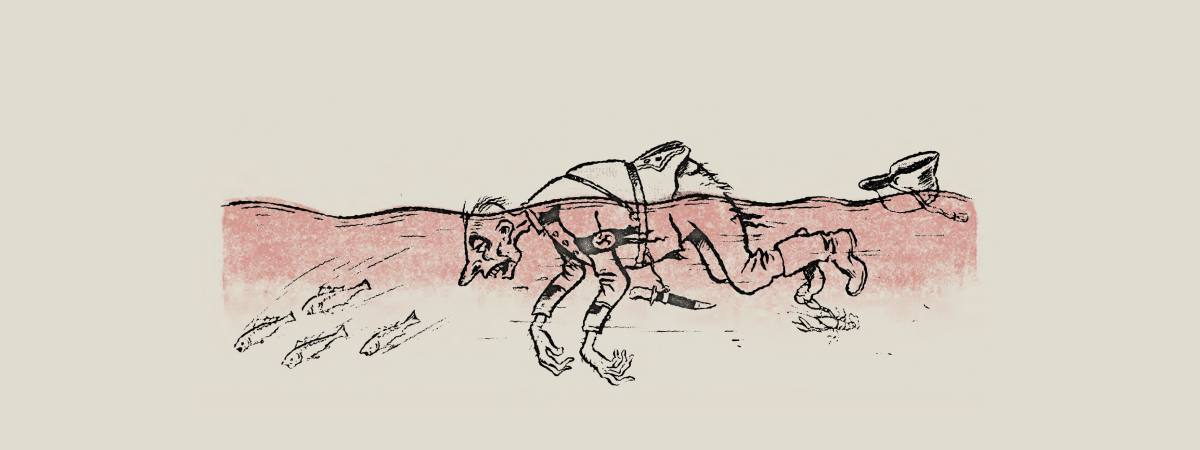Why We Laugh When We Should Cry: The Phenomenon of Ukrainian Humour
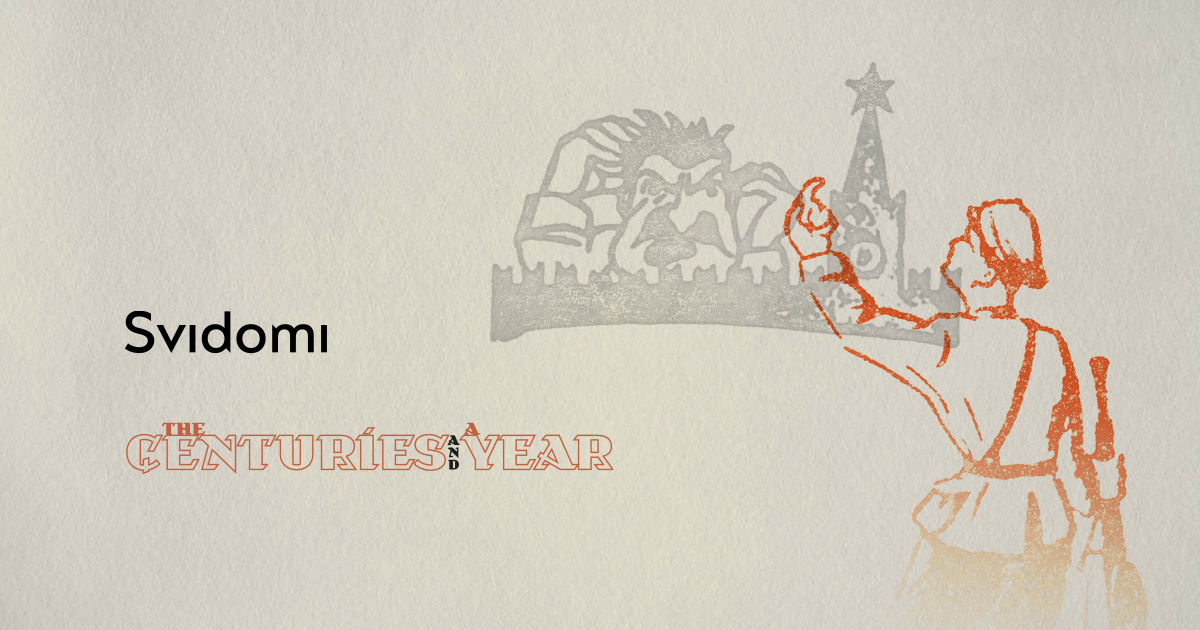
Humour is a powerful protective tool for the psyche, especially during wartime.
The ability to laugh at difficult moments reduces the level of negative emotions and creates positive ones. These two effects help a person perceive events less traumatically.
One of the modern manifestations of humour is memes that have a territorial and mental affiliation to a particular nation. That is why the specifics of humour are often determined by the worldview of each nation separately.
"Humour is a social marker that divides one's own and others. The best example is modern Ukrainian military memes: some of them may be understandable only to Ukrainians and may seem inappropriate or even taboo to people from abroad. This is normal, and it shows that humour primarily depends on the context in which we live and can be incomprehensible outside of it," says cultural researcher Mariam Naiem.
Svidomi spoke with Mariam Naiem about the phenomenon of Ukrainian humour, how it has been formed over the centuries, how it has influenced society, and what its role and specifics are in 2023.
How was Ukrainian humour formed?
Ukrainian humour can be traced back to the time of the Cossacks. In particular, an example is the choice of a new surname for a man who joined the army. This was mostly done by other Cossacks, so Skachystrybailo ("Jumper"), Neizhborshch ("Don't Eat Borshch") and Pechyborshch ("Cook Borshch"), Zaderykhvist ("Rise The Tail"), and Krutykhvist ("Twist The Tail") were common in Sich. A short Cossack could ironically be nicknamed Makhyna ("Big"), and a tall one could be nicknamed Maliuta ("Small").
Humour also manifested during the national liberation movement of the 1940s-1960s. Caricatures, political jokes, cartoons, and poems were published in satirical magazines, or, as they were called, in the humourous press. The most famous example was the magazine "Ukrainian Pepper," which ridiculed Stalin, Hitler, and the government and life in the USSR at the time in general.
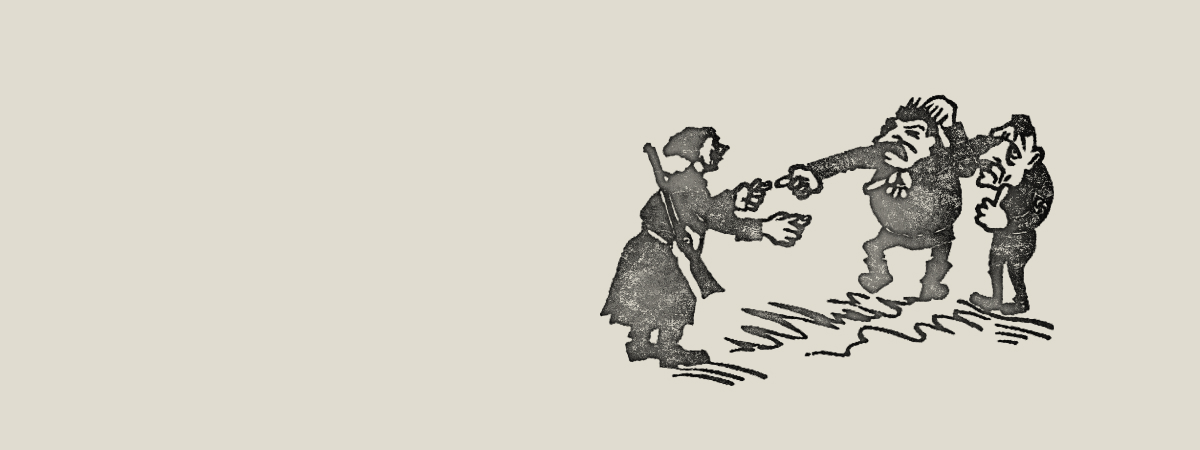
Ukrainian humour was mainly manifested in literature and oral folk art. This can be called an analogue of modern memes and the Internet: people told funny stories, songs, fables, and jokes and passed them on.
"Preserved folklore makes it possible to understand what people considered funny. It also shapes our understanding of the cultural context of the time. In addition, thanks to oral folk art, we can learn an important social factor — what united people. Because something can only be comical to us as a group when we have a shared understanding of what is funny. Humour is also an important element for social unification," says Mariam Naiem.
The Ukrainian literary language is based on grotesque comedy
Ivan Kotliarevskyi's "Eneida" ("Aeneid") formed the basis of the Ukrainian literary language. The genre of the text is a comedy because "Eneida" is a travesty. Kotlyarevskyi's poem tells about a tragic event for Ukrainians — the destruction of Ukrainian "Troy" — Zaporizhzhia Sich. In other words, the Ukrainian literary language is based on anti-imperialist sentiments, presented through the prism of humor.
"This is an important cultural moment. It was through this genre that "Eneida" was able to be printed. That is, the foundational work for Ukrainian literature appeared through censorship precisely thanks to the humour and thus established the Ukrainian literary language," Naiem notes.
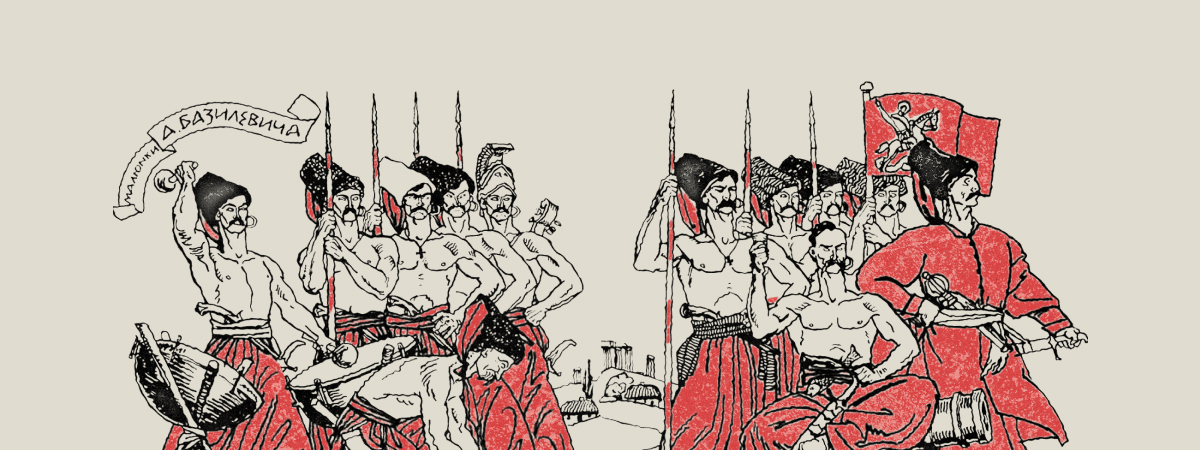
Taras Shevchenko in the work "Son" ("A dream") indicated that it is a "comedy." However, this is shown not so much by the genre but by way of expression in it.
"The poem uses the artistic device of a dream journey, where we travel over Siberia, Ukraine, and St. Petersburg and witness the destructive policies of Russian tsarism. Although there is nothing comical about the content of the poem, that's how the author wanted to emphasise the satirical nature of his work," says the culture expert.
The satirical folk art of our people was a way to reflect the realities in which the oppressed and colonised people lived. Criticism of the tsar was also raised in humorous stories:
Kvasha
The men decided to go to visit the tsar. So three of them gathered together and thought: "What should we bring him as a gift?" One of them says:
"Kalach."
"No, he eats kalaches every day, we have to bring him something strange — like kvasha!" says the second one.
And so they left.
They consult with each other on their way. The one carrying the kvasha says:
"I will enter with kvasha and say: "Hello, Tsar-Father!" And the second will say: "To your queen and little princes!" And the third will say: "To your entire royal house!"
So they go to the tsar, and the one in front slips on the floor, falls head down on the floor with the kvasha, and says:
"Damn you!" And the second one goes:
"To your queen and little princes!" And the one behind him:
"To your entire royal house!"
What unites Ukrainian humour through the centuries?
Modern Ukrainians, like Ukrainians hundreds of years ago, use humour as a way of demonstrating anti-imperialist resistance: from the political satire of Ukrainian writers to contemporary jokes about the world's "second" army.
The main basis for jokes is mostly real life and its problems. It could be criticism and absurdity of state institutions, jokes about corruption, for example, the play "Martyn Borulia" by Ivan Karpenko-Karyi, and humorous stories about lords and the church.
Even in 2023, Ukrainians make fun of corruption, the absurdity of politicians, and the church.
Over the centuries, Ukrainian comic culture has changed, but there are common features of Ukrainian humour that have been shared over the centuries. Humour is a socially dependent phenomenon, and as society changes, so does humour," Naiem explains.
"What forced Ukrainians to be ironic about themselves and their lives then is the reason for comedy now. This type of humour is the most therapeutic in both the psychological and cultural sense," says the cultural expert.
Laughter is a tool of struggle, not a way to suppress pain
An example of the national strategy of resistance through laughter and tears is Lesia Ukrainka's poem "As a child I sometimes fell..."
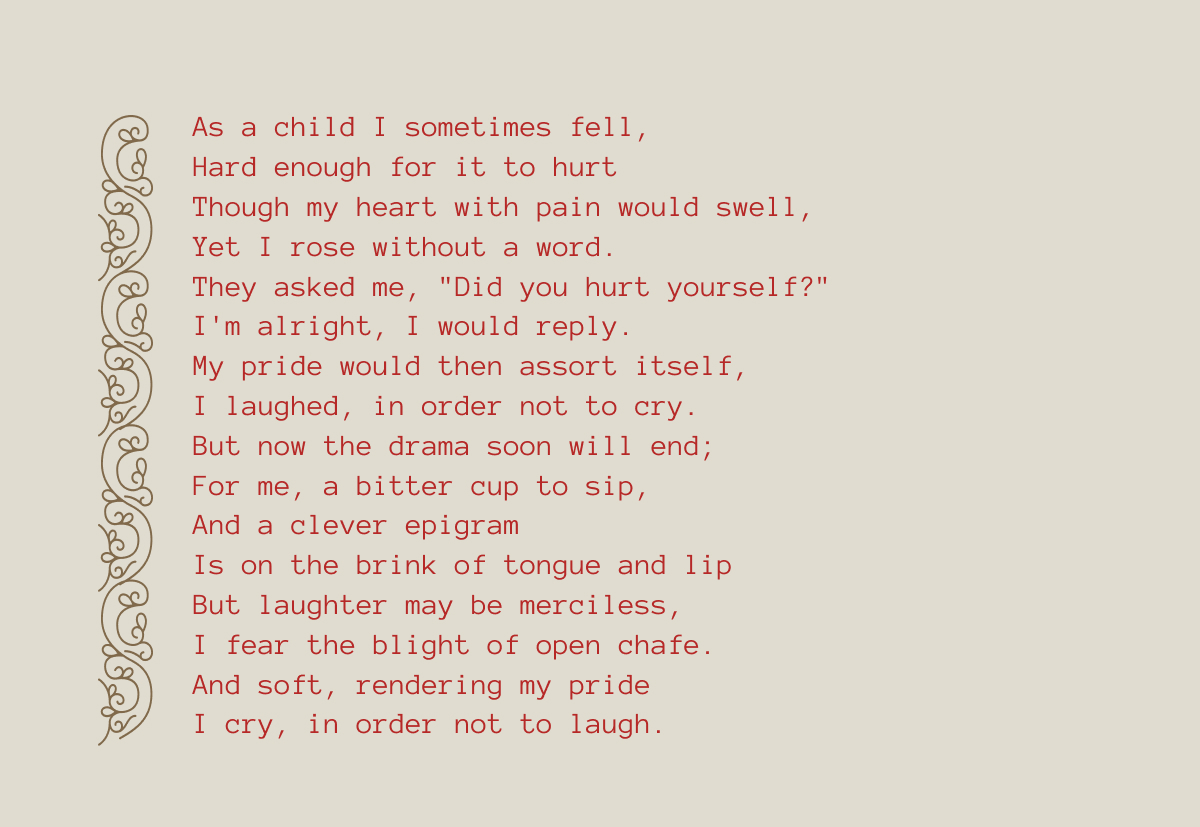
The phrase "I laughed, in order not to cry" is often interpreted as displacing the feeling of pain and replacing it with laughter, but Naiem assures that this is only part of the author's idea.
"Laughter is a tool of struggle, not a way to suppress pain. This is one of the ways to overcome difficulties, but by no means ignore feelings," says the cultural expert.
Humour is part of the information warfare
Humour is also an important impetus for political change in society. Mariam Naiem explains that this is a form of rebellion against authoritarianism in a situation where other forms are not available. Humour has always been the main weapon against imperialism for Ukrainians.
"First, humour frees from fear of the empire. By laughing at something, we change the hierarchy of relationships, where we (from above) laugh AT something (that is below). This method also helps in psychology. Just think of the spell "Riddikulus" as the main form of combating fear in the Harry Potter universe, where turning something terrible into something funny is the main way to cure fear. Secondly, it is in the comical description that society is better able to see the invading policies implemented by the empire, because in such humour there is no censorship, even if it is imposed by the authorities," says Naiem.
During the information war, humour plays the role of resistance to a certain extent. On the Ukrainian Internet, you can see memes that make fun of the death of the Russian invaders. To some, out of context, this might seem strange.
To explain this process, the cultural expert recalls the words of the philosopher Henri Bergson from his essay "Laughter": "The comic requires a certain short-term anesthesia of the heart to be fully effective."
Naiem agrees that to survive certain events and not ask the question "Why?" we have no choice but to joke about death.
"Humour is always something more than just laughing. Based on what the society laughs at and what is the object of its laughing culture, one can conclude the history of this society," Mariam Naiem emphasises.
